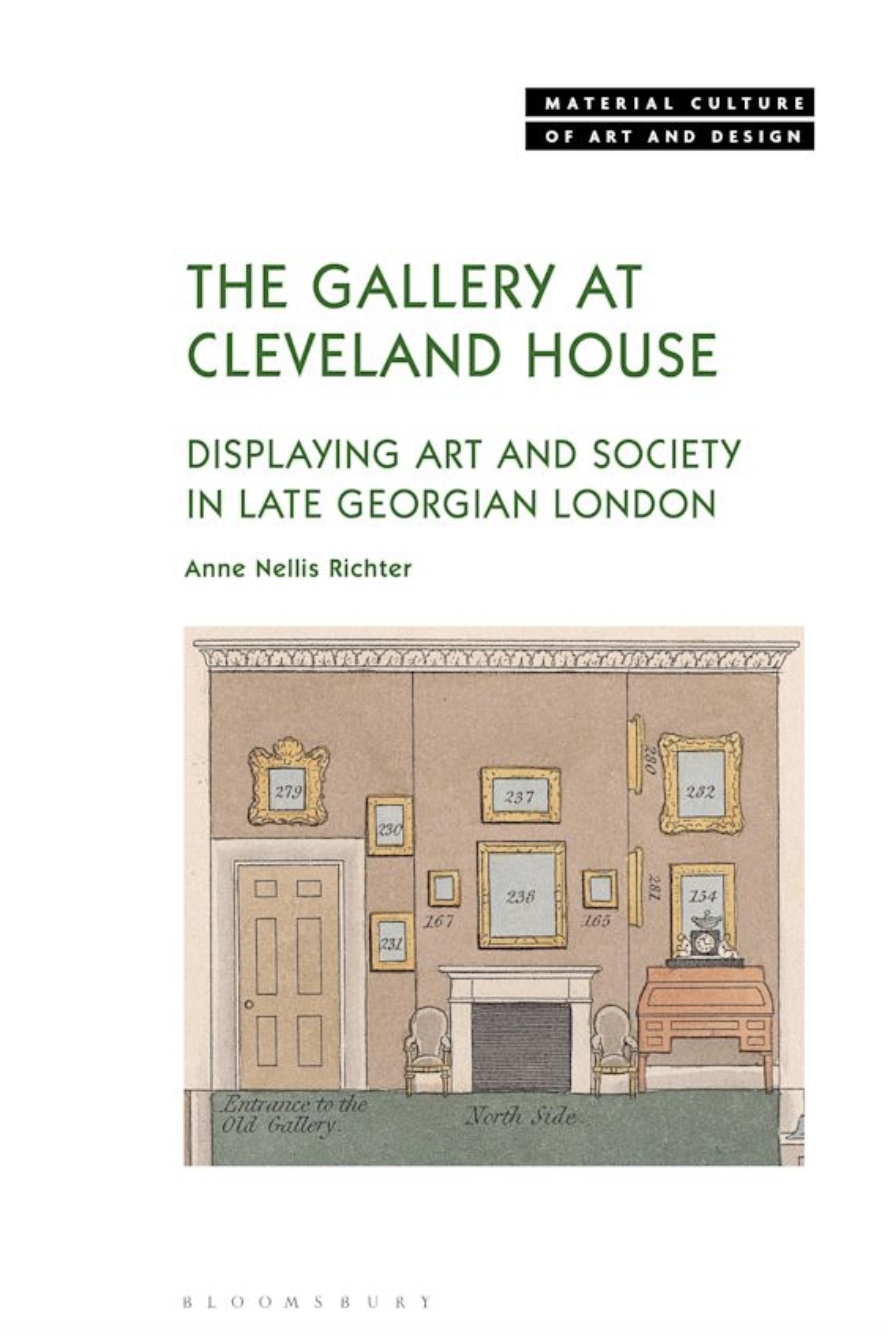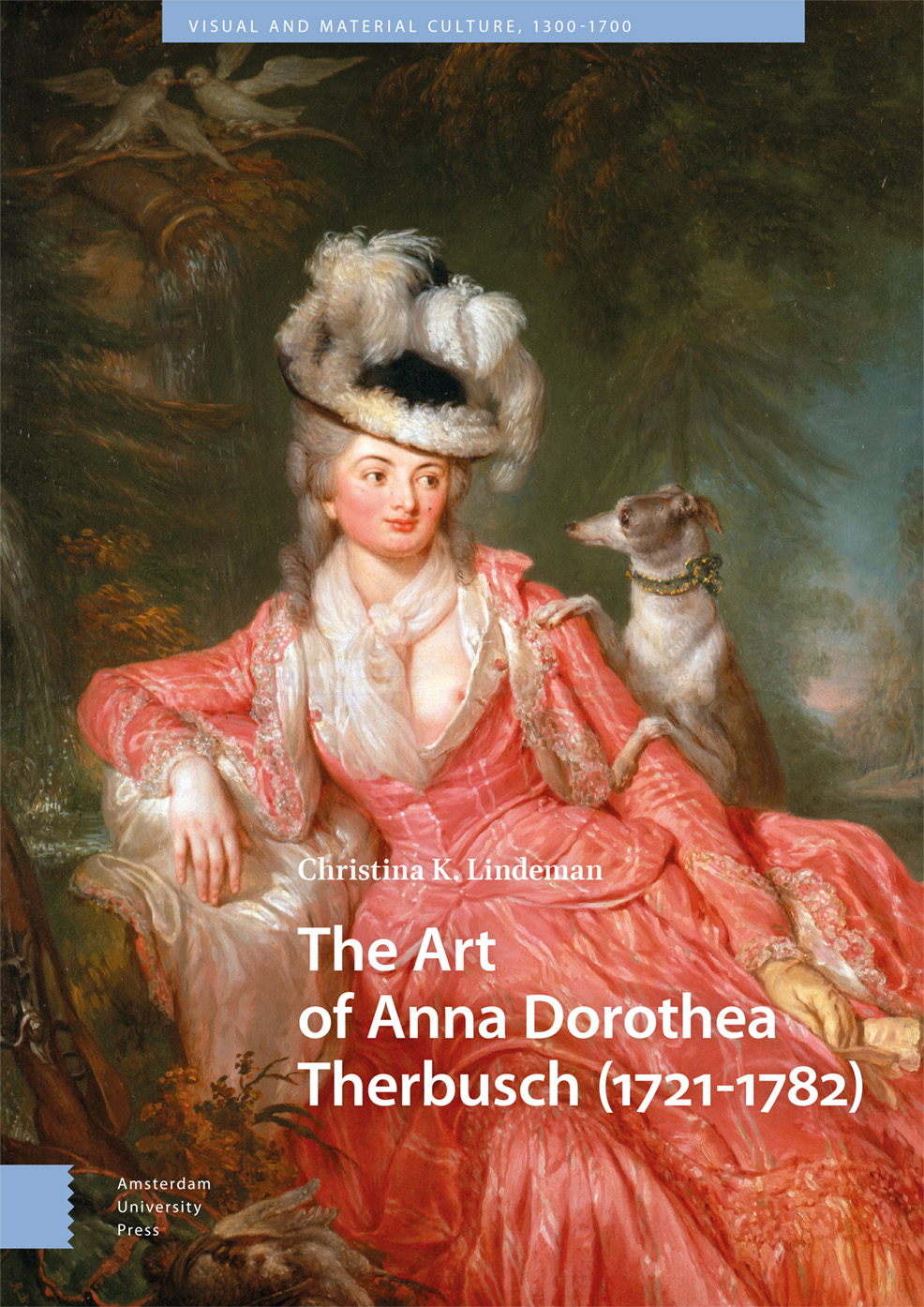Call for Papers | Early Modern State Descriptions
From ArtHist.net:
Early Modern State Descriptions in an Interdisciplinary Perspective
Münster, 10–11 April 2025
Organized by Karl Enenkel and Lukas Reddemann
Proposals due by 21 July 2024
From the 16th through to the 18th century, state descriptions were a vital part of European literary production and book markets. Such publications covered an enormous range of topics including geography, economics, cities, military, political constitutions, and numerous other aspects of early modern political formations. State descriptions were written in Latin and vernacular languages alike. They could be composed as single descriptions or as collections and were often published in numerous editions and translations. Such ‘bestsellers’ on the early modern book market included several well-known works. For example, one can call to mind Lodovico Guicciardini’s description of the Low Countries (Descrittione di tutti i paesi bassi, 1567), William Camden’s description of Britain (Britannia, 1586), and the collections in Giovanni Botero’s Relationi universali (1590s), Pierre d’Avity’s Les estats, empires, et principautez du monde (1613), and the ‘Republics’, a series of Latin state descriptions printed by Elzevir and other Dutch publishers in the 1620s and 1630s. In the course of the 17th century, the production of state descriptions gained new momentum through the formal establishment of statistics as an academic discipline, in Protestant universities in Germany in particular. This development resulted in the famous “Göttinger Schule” of statistics that is associated with Gottfried Achenwall and August Ludwig von Schlözer.
It is paramount that we attain a clearer picture of the place of state descriptions in the larger context of early modern academic and non-academic learning, as well as their connections to other, non-textual media. For instance, what role did state descriptions play in the development of early modern political theory, the education of and communication between diplomats, and the knowledge networks of merchants? How did they intersect with fields such as cartography or other media concerned with the pictorial representation of geographical and political aspects of early modern states?
Our conference aims to bring together multiple interdisciplinary perspectives on early modern state descriptions to address the abovementioned areas and similar fields. Rather than investigating state descriptions as a single literary genre or form of printed publication, we want to shed light on the early modern interest in different forms of literary and non-literary representations of contemporary political formations as a broader cultural phenomenon. Contributions might address, but are not limited to, the following research questions:
• On what methodical basis can we identify target audiences and actual readers of early modern state descriptions? Which academic and non-academic factors stimulated the huge interest in such publications?
• How can we describe the relationship between state descriptions in Latin and in the vernacular languages? Are there certain focal points related to time or region? Can we recognize specific connections between the language and the target audiences of such publications? What role do translations play?
• How did the authors and editors of state descriptions systematize and manage the vast amount of potentially relevant information? How do their different forms of information management interact with the literary and academic purposes of a work?
• How can we describe these often-complicated use of literary sources more specifically, rather than applying general concepts such as ‘compilation’ or ‘anthology’ (cf. e.g. Reddemann, Staatenkunde als Weltbeschreibung, 2024)?
• How do state descriptions, as ‘factual’ representations of concrete political formations, respond to and interact with writings and trends in the field of political theory?
• How does book-historical evidence help us shape clearer ideas about the dissemination, readerships, and practical use of state descriptions? What can we say about their presence in early modern libraries and book collections and how may this reveal more about domain-specific practices of book collecting?
• Which non-literary forms of representing, illustrating, and describing early modern states can we identify? Do they interact with or react to textual state descriptions and, if so, in what specific ways?
We look forward to receiving contributions from researchers in the entire breadth of disciplines within the field of early modern studies. We plan to publish the revised papers in the series Intersections: Interdisciplinary Studies in Early Modern Culture (Brill).
The conference will take place 10–11 April 2025 in Münster. The University of Münster will take care of travel costs for speakers and provide their hotel accommodation for the duration of the conference. The language of contributions and discussion is English. The deadline for submissions is 21 July 2024. Please send an abstract of your contribution (ca. 250 words) and a preliminary title to both organisers, Karl Enenkel (kenen_01@uni-muenster.de) and Lukas Reddemann (lukas.reddemann@uni-muenster.de).



















leave a comment